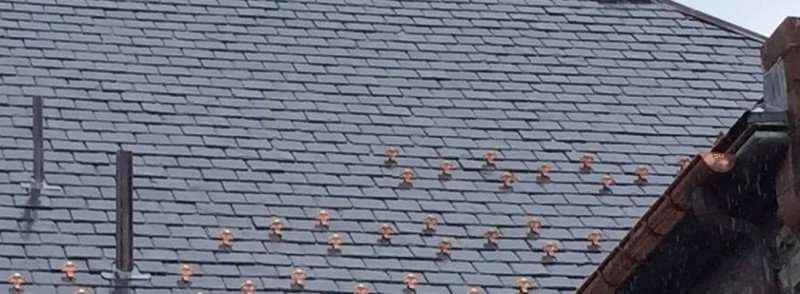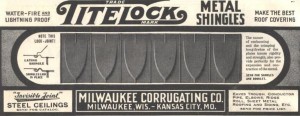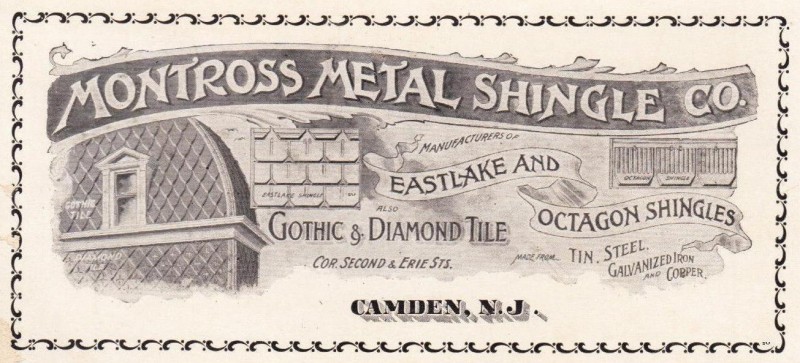3 Big Ways Roofs Have Changed in the Last 20 Years

By Cass Jacoby.
Roofing materials and technologies have only gotten better since your roof was last replaced. Here are three big changes to know about.
A roof replacement is a rare occurrence. Most roofs have a lifespan of about 20 years, sometimes even longer, so the chances of a homeowner needing to make this replacement are pretty slim. Roofs are subject to building codes, new material offerings and new technologies to install the roof, so homeowners should be wary about paying a roofing contractor to install the same roof with the same method used 20 years ago. If you are in the market for a new roof, here are the top three changes that have happened since your roof was last replaced.
1 – Shingle quality
Twenty years ago, three-tab strip shingles were applied, which have much less wind tolerance and are thinner that the shingles available now. Today’s architectural shingles are thicker, have higher wind resistance and are designed to perform better.
Plus, there are more color and shadowing options for you to enhance your home’s curb appeal. With a wider variety of styles and colors, you should be able to choose a shingle type that can be durable and look beautiful.
2 – Nails and fasteners
Often if a shingle fails it can be traced back to the use of incorrect fasteners. According to the Daily Commercial, staples used in the early 1990s were blamed for many failed roofs during Hurricane Andrew. Today’s building codes require more nails per shingle and longer nails along with wind mitigation for decking.
3 – Underlayments
90 percent of the roofs constructed approximately 20 years ago used 15-pound felt as an underlayment with better homes using 30-pound felt. However, rolled felt does very little for your home if the shingles are blown off in a windstorm, as felt paper will tear and rip in the wind.
Now, roofing contractors have upgraded to a synthetic felt, which is more durable if exposed to the weather elements. The most popular underlayment is peel and stick, which adheres to the decking and will remain in place and protect the deck even if the shingles are blown off. This upgrade is not only lighter and covers more square footage, which cuts down on the amount of time to install it and accidents associated with it but it provides a greater moisture barrier for your home.
Conclusion
These big changes in roofs have made roofing materials more durable and resilient, with upgrades that fix the problems of roofs of the past. Given that you will only need to replace a roof once or twice in your lifespan, it is important that you investigate all the options you have before you buy and take advantage of the new technologies available to make your roof better.
Have a question? AskARoofer.
Find your local roofing contractor in the RoofersCoffeeShop® Contractor Directory.
About Cass
Cass works as a reporter/writer for RoofersCoffeeShop and AskARoofer. When she isn’t writing about roofs, she is writing about movies for her master's degree and dancing with her plants.











Comments
Leave a Reply
Have an account? Login to leave a comment!
Sign In